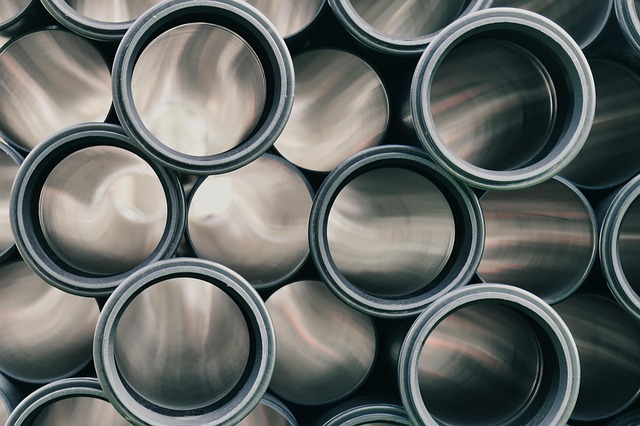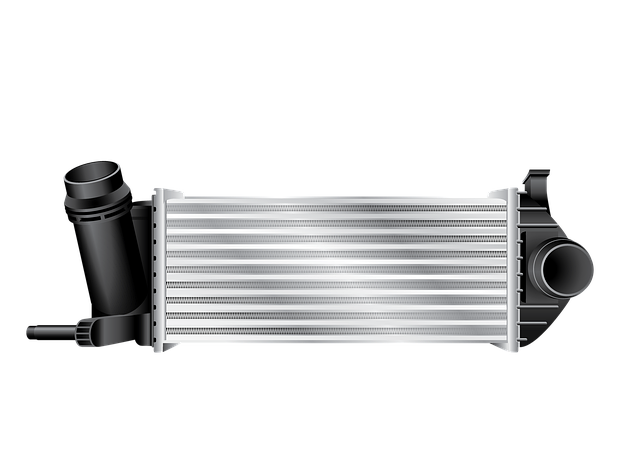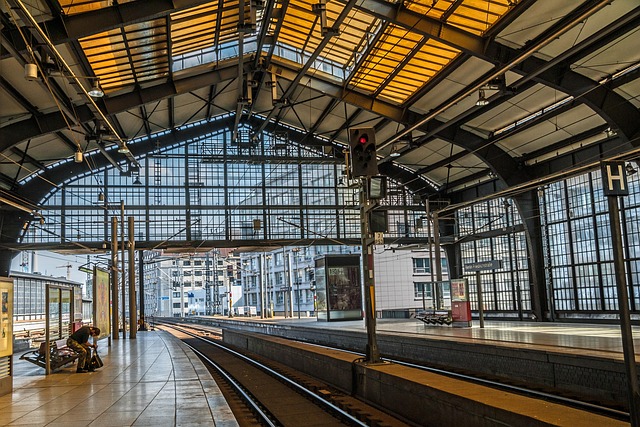Cool roofing systems, employing reflective materials and coatings, significantly reduce heat absorption and cooling costs by reflecting sunlight. These systems combat the urban heat island effect, extend roof lifespans, and offer environmental benefits. Options include white roof systems and advanced cool roof coatings, facilitating retrofits and enhancing thermal performance. They lower interior temperatures, cut energy consumption, and carbon footprints, creating more sustainable and livable environments. Proper installation, maintenance, and emerging innovations ensure their continued effectiveness in sustainable building design.
“Discover the revolutionary world of cool roofing systems, an innovative solution transforming the building industry. This article explores reflective roofs that combat heat absorption, offering significant energy savings and reduced cooling costs. From understanding the core concept to examining advanced materials and technologies, we delve into the benefits for both buildings and the environment. Additionally, we discuss installation, maintenance, and future trends in cool roofing systems, providing a comprehensive guide to this sustainable practice.”
- Understanding Cool Roofing Systems: The Concept
- Materials and Technologies Used in Cool Roofs
- Benefits of Energy-Efficient Roofs for Buildings
- Environmental Impact: Reducing Heat Island Effect
- Installation and Maintenance Considerations
- Future Trends in Cool Roofing Innovations
Understanding Cool Roofing Systems: The Concept

Cool roofing systems are designed to reduce the amount of heat absorbed by a building’s surface, thereby lowering cooling costs and improving energy efficiency. The primary concept behind these systems is to reflect rather than absorb sunlight, which helps maintain a lower roof temperature during hot weather conditions. This is achieved through various methods, such as using reflective roofing materials or applying cool roof coating to existing surfaces.
White roof systems are one of the most common examples of cool roofing solutions. The reflective properties of white or light-colored materials allow them to bounce sunlight away from the building, reducing heat transfer and minimizing the urban heat island effect. Additionally, reflective roofing can extend the lifespan of the roofing material by protecting it from excessive heat exposure, further enhancing its energy-saving benefits.
Materials and Technologies Used in Cool Roofs

Cool roofs are an innovative solution to mitigate the urban heat island effect and reduce energy consumption for cooling. The primary materials and technologies employed in these systems focus on reflective roofing and cool roof coatings. One popular choice is the implementation of white roof systems, which reflect a significant portion of sunlight, thereby lowering heat absorption. These systems can be applied to various surfaces, making them versatile for both new construction and retrofits.
Advanced cool roofing systems incorporate specialized coatings that mimic the properties of natural materials like ice or snow, reflecting solar radiation and emitting thermal energy effectively. This technology not only reduces the need for air conditioning but also extends the lifespan of roofs by protecting against UV damage. The market offers a range of options, from reflective roof membranes to paint-on cool roof coatings, ensuring that buildings can be retrofitted with these energy-efficient solutions without extensive renovations.
Benefits of Energy-Efficient Roofs for Buildings

Energy-efficient roofs are a game-changer when it comes to sustainable building practices. By adopting cool roofing systems, buildings can significantly reduce their carbon footprint and operational costs. These innovative designs use reflective roofing materials that minimize heat absorption, preventing the interior from warming up excessively during hot weather conditions. This simple yet effective strategy leads to lower cooling demands, thereby reducing energy consumption and associated expenses.
White roof systems and cool roof coatings are popular choices for achieving these benefits. The reflective properties of white surfaces help bounce sunlight away from the building’s structure, while specialized cool roof coatings can further enhance this effect by reflecting heat and improving thermal performance. Such advancements in roofing technology contribute to creating more comfortable indoor environments, ensuring residents or occupants experience lower energy bills and a reduced environmental impact.
Environmental Impact: Reducing Heat Island Effect

The implementation of cool roofing systems is a strategic approach to mitigating the environmental impact of urban heat islands (UHI). Traditional dark-colored roofs absorb significant amounts of solar radiation, leading to increased surface temperatures and contributing to the UHI effect. This phenomenon not only raises energy consumption for cooling but also has ecological consequences, such as altering local microclimates and affecting wildlife habitats.
White roof systems and reflective roofing are among the solutions gaining traction in addressing this issue. These cool roof coatings reflect a substantial portion of sunlight back into the atmosphere, reducing heat absorption. By employing these innovative technologies, cities can substantially decrease the overall temperature within urban areas, leading to a more sustainable and livable environment for residents.
Installation and Maintenance Considerations

The installation of cool roofing systems involves careful consideration and planning to ensure optimal performance. These systems are designed to reflect a significant portion of solar radiation, thereby reducing heat transfer into the building. During installation, it’s crucial to maintain proper alignment and positioning of reflective materials, ensuring even coverage across the roof surface. Professional installers should be engaged to guarantee accurate application, as any missteps could impact the system’s efficiency.
Regular maintenance plays a vital role in sustaining the benefits of cool roofs. This includes periodic inspections to identify and repair any damage or delaminations. For white roof systems or those with reflective coatings, regular cleaning is essential to maintain their luster and reflectivity. While the initial installation might require significant investment, proper care ensures that these systems provide long-term savings on cooling costs, contributing to a more sustainable built environment.
Future Trends in Cool Roofing Innovations

The future of cool roofing innovations is bright, with continuous advancements aimed at enhancing their efficiency and sustainability. As climate change concerns grow, architects and builders are increasingly turning to reflective roofing as a viable solution for sustainable building design. One emerging trend is the integration of smart materials that can dynamically adjust their reflectivity based on environmental conditions, offering optimal heat rejection during hot days and improved insulation in colder climates.
Additionally, the development of advanced cool roof coating technologies promises greater durability and longer lifespans. These innovative coatings not only provide superior heat-rejection properties but also resist mold and algae growth, ensuring that reflective roofing remains an effective solution for years to come. The adoption of white roof systems is another trend gaining traction, as they offer significant energy savings while contributing to urban heat island mitigation efforts.
